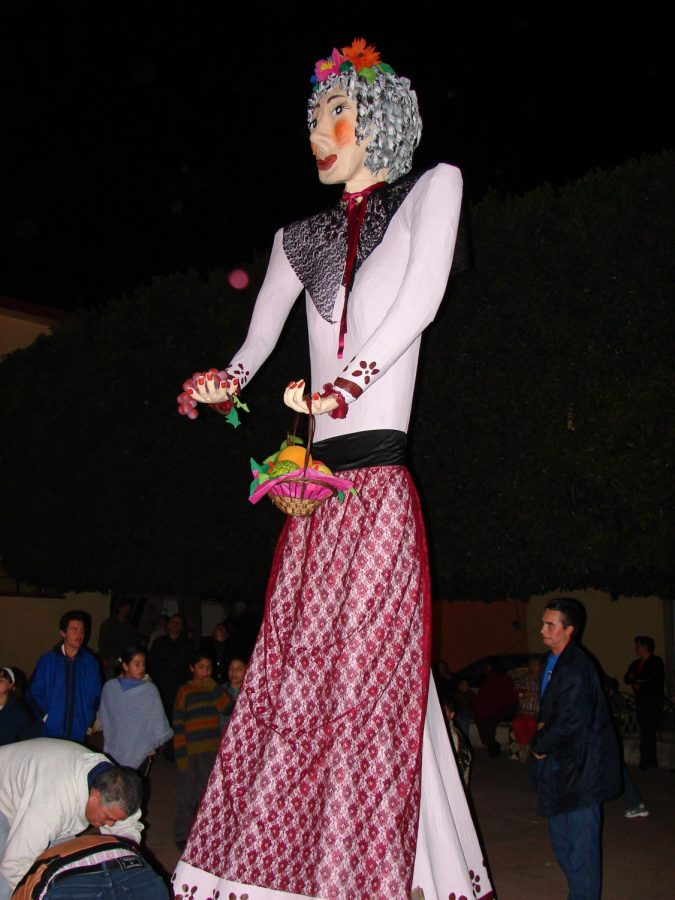Global holiday traditions: from “The Befana” to “Calendas”
In the photo stands Befana, a frightening old witch which devours meals left out by children in exchange for presents. While most Americans settle for a traditional Christmas tree, there are many diverse traditions around the world.
Tender snowflakes gently fall from the clouded sky, landing on frosted windows as a gentle gust of wind blows through the crisp, cool air. Families crowd inside their living rooms to surround the crackling fireplace, snuggled up close together in warm sweaters while they grasp steaming cups of hot chocolate topped with mountains of whipped cream and mini marshmallows. The arrival of December not only marks a period of joyous family reunions and delectable food options, but simultaneously introduces the numerous holiday traditions celebrated around the world.
For instance, in Italy, an ugly old witch with a kind heart dubbed “The Befana” delivers presents to children in place of Santa Claus on January 5. In fact, Maria Perez further illustrates the process of this event by stating, “… the eve of Epiphany, parents will leave out a place of broccoli with spiced sausage and glass of wine for Befana.” Thus, the witch swoops down the chimney on her broom, devours the provided meal and then leaves various toys and goods for the sleeping kids.
Furthermore, certain parts of Switzerland (specifically the German and French-speaking regions) celebrate Christmas with a figure named the “Christkind” obtaining the sole responsibility of delivering gifts and providing a tree to place these presents under on Christmas Eve. The children therefore await the return of the Christkind and his “… beautiful, radiant, angel-like being with wings, dressed in white with a shining crown and a magic wand.”
Moreover, Oaxaca holds a rather extravagant tradition only performed in this specific city of Mexico, as people race to the crowded streets with torches in hand, marching down the road as giant floats and oversized, dancing puppets follow the participating citizens. These “calendas” fill the city, accompanied by “… posadas, groups of families and neighbors led by children dressed as Mary and Joseph.” Hence, a variety of holiday celebrations commence among the winter months, spreading the undeniable cheer and spectacular wonder brought about by this magical period of love and appreciation for one another.




